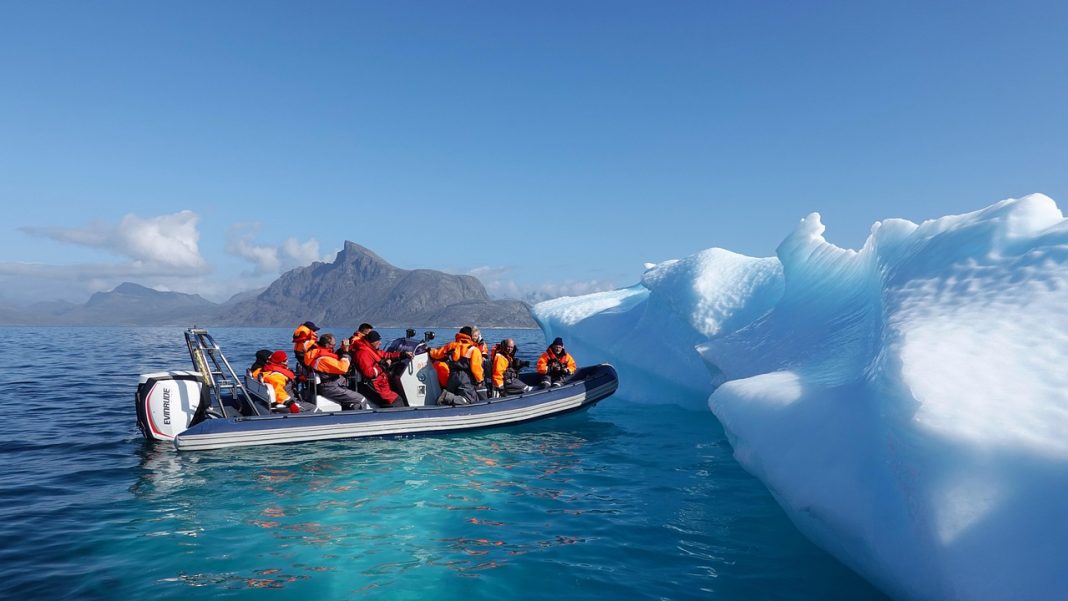Even though Deep-Field and Airborne tourism accounts for just 1% of the Antarctic tourism market, it raises environmental and policy concerns. This issue was discussed at the 47th Antarctic Treaty Consultative Meeting. Antarctica is the last great wilderness continent, and its environmental, scientific and other intrinsic values are internationally recognized by the 1991 Protocol of Environmental Protection to the Antarctic Treaty. Tourism here is a growing industry, with a record of over 100,000 tourists having visited Antarctica in the 2023-2024 season, compared to the 25,000 visitors in 2003-2004, according to the International Association of Antarctic Tour Operators, (IAATO). These figures may seem modest, however are of great concern in a region sparsely populated by National Antarctic Programs (NAPs) scientists and staff. Tourism tends to be concentrated in ecologically active and hence sensitive areas, increasing its impact.
Author: Ricardo ROURA for POLAR WATCH.
This article is available on the Cercle Polaire website.
The French version is available here.



